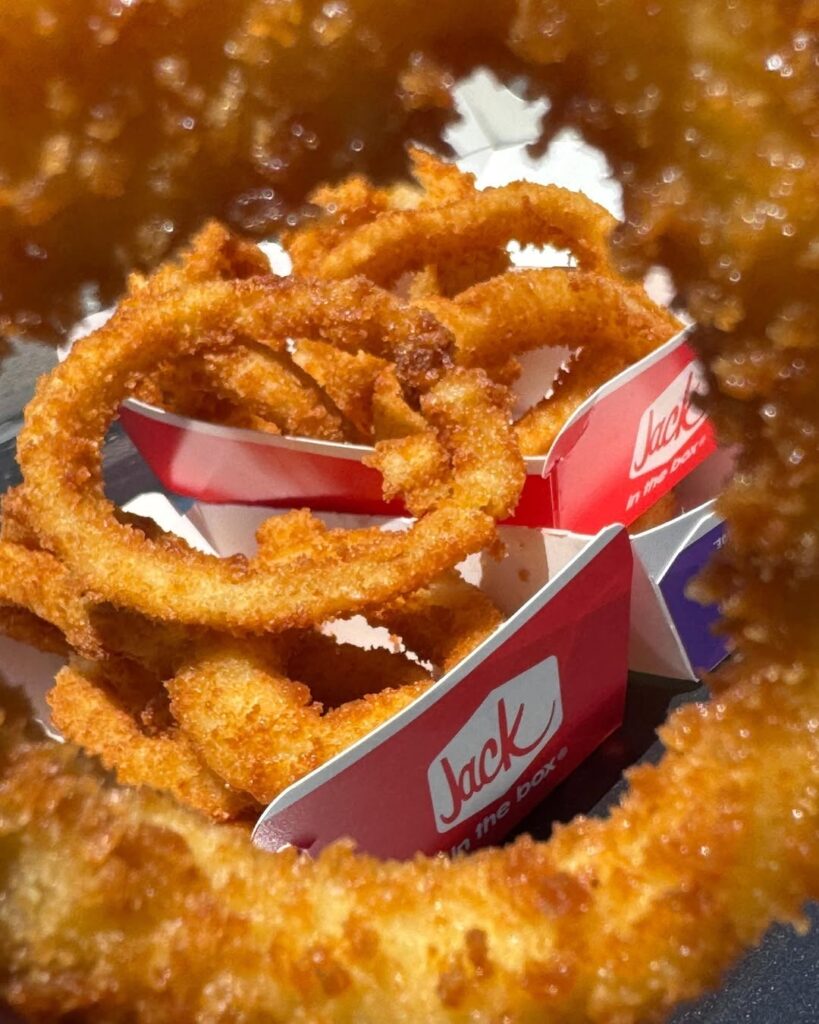Across the American fast-food landscape, a noticeable shift is taking place—one that’s hitting some of the most recognizable burger brands in the nation. Burger King and Jack in the Box, two long-standing names in the fast-casual game, have both initiated significant shutdowns in key regions.
For regulars and franchisees alike, the wave of closures feels sudden, but for those watching industry trends closely, it’s been a long time coming. Mounting debt, declining foot traffic, inflation, and franchise fatigue have collided to form a perfect storm that’s forcing some of the industry’s biggest names to make tough choices.
Burger King Faces the Fallout of Franchise Collapse

One of the biggest headline-makers recently has been Burger King, particularly following the bankruptcy filing of one of its major franchisees. Consolidated Burger Holdings, which operated 57 locations across the Florida Panhandle and southern Georgia, filed for Chapter 11 bankruptcy in early 2025. The company, drowning in $37 million worth of debt, cited rising operational costs, lease burdens, and falling consumer demand as core reasons behind its financial downfall.
For Burger King, this isn’t an isolated case. Other large franchise operators—including Meridian Restaurants Unlimited, Premier Kings, and Toms Kings—have also folded or downsized in recent years. The ripple effect? An increasingly shrinking presence of Burger King locations in certain regions, with entire local markets suddenly devoid of the chain.
While the brand has committed to transferring some shuttered locations to other operators, the damage has been done in many communities. Customers are left without their neighborhood Whopper joint, and former employees are forced to job-hunt in an increasingly unstable service sector. Although corporate insists that these closures are “strategic,” the truth is simpler: the franchise model, when paired with volatile economic conditions, can no longer carry the weight of underperforming locations.
Jack in the Box Launches Aggressive Shutdown Strategy

While Burger King’s closures are rooted in bankruptcy fallout, Jack in the Box is taking a more proactive—and aggressive—approach. In April 2025, the company unveiled its “JACK on Track” strategy, which includes plans to permanently shut down between 150 and 200 of its restaurants nationwide.
That’s roughly 10% of its U.S. footprint, and these closures are scheduled to happen quickly—80 to 120 outlets are expected to be closed by the end of 2025 alone.
The reason? Profitability. According to executives, these stores simply aren’t making enough money to justify staying open. Sales are down, and Jack in the Box is eager to redirect capital toward newer, more promising growth markets. They’re also looking to simplify operations and become more “asset-light,” focusing on high-performing locations while letting go of the financial dead weight.
Interestingly, despite the wave of closures, Jack in the Box isn’t retreating from expansion entirely. In fact, the brand recently announced plans to reopen in Naperville, Illinois, inside a former Arby’s location. This selective growth reflects a new model of expansion—one that’s focused on data, digital innovation, and market viability rather than rapid saturation.
Jack in the Box’s parent company is also looking to trim down debt, with expectations of paying off $300 million in liabilities within the next two years, thanks in part to revenue from property sales and operational cuts. While it’s a risky move, the company is betting that a smaller, more efficient footprint will keep them competitive in a tightening market.
Why Fast-Food Giants Are Being Forced to Shrink
So what’s causing two of America’s most recognized burger chains to slam the brakes on their growth—or even backpedal entirely? In short, it comes down to rising costs, shifting consumer behavior, and mounting financial pressure on franchisees.
Inflation has been brutal on the fast-food industry. Food costs are up, utilities are more expensive, and labor isn’t getting any cheaper. Meanwhile, customers—facing their own financial pinch—are spending less. That value menu that once seemed like a steal? Now it’s being compared to home-cooked meals and grocery store alternatives.
Franchisees, who operate the bulk of these chain restaurants, are feeling the squeeze the most. They’re not just battling reduced sales—they’re locked into leases, paying royalties, and juggling staffing shortages, all while corporate expectations remain sky-high. As a result, many are choosing to walk away rather than dig deeper into debt.
Both Burger King and Jack in the Box are also contending with a larger trend: consumer fatigue. Diners want more from their fast food—healthier options, better quality, faster service—and many of the older stores haven’t kept up.
For Jack in the Box, this has meant investing heavily in digital kiosks, which have already been rolled out in more than 1,500 locations, and have reportedly led to an 18% increase in average check value. It’s a smart pivot—but only effective in markets where traffic and engagement remain strong.
A Fast-Food Future Built on Fewer, Better Stores
The closures hitting Burger King and Jack in the Box may feel like a blow to brand loyalists, but they could also represent a turning point for the industry. Instead of racing to expand, chains are now prioritizing profitability per location. They’re becoming leaner, more strategic, and better positioned to weather future economic storms.
For consumers, this shift means saying goodbye to the local burger joint in certain areas—but it could also mean better service and upgraded locations where the chains do choose to stay. Expect more tech integration, mobile ordering, and selective growth into markets with stronger spending power.
As for the two chains themselves, both are at a crossroads. Burger King must reckon with a franchise model that’s faltering under financial pressure, while Jack in the Box is betting big on reinvention. The road ahead may be uncertain, but one thing’s clear: the era of mindless fast-food expansion is over. What comes next will be defined by adaptability, innovation, and the brands’ ability to truly serve—not just feed—the modern customer.
Leave a comment